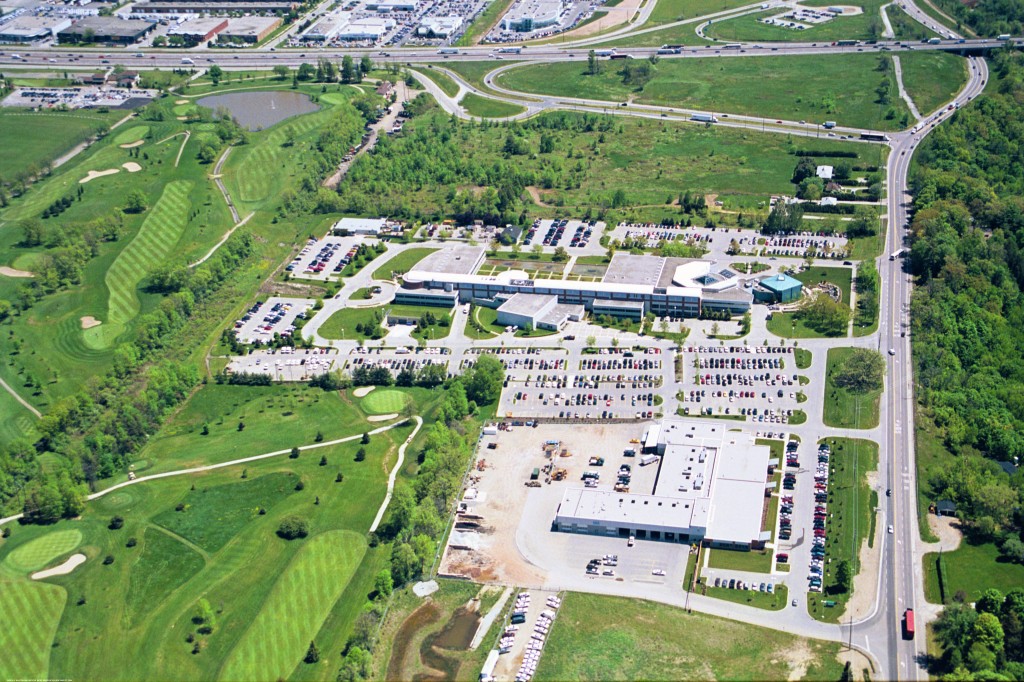 By Staff
By Staff
January 25th. 2-23
BURLINGTON, ON
The data in this article comes from a Regional media release. More detail will be provided once there is a chance to go through the Budget reports
On January 25, 2023, Halton Regional Council approved the 2023 Budget and Business Plan.
The Region works to deliver annual budgets that keep taxes at or below the rate of inflation while preserving Halton’s strong long-term financial position. The 2023 Budget is based on prudent, forward-looking financial planning principles, and includes investments in critical program enhancements and essential services to support residents and businesses.
The 2023 Budget includes:
- 3.0 per cent increase in property taxes for Regional programs and services (excluding Police services);
- 4.0 per cent increase in property taxes for Police services
- 4.1 per cent increase in the combined water and wastewater rate.

Regional government offices are located in Oakville north of the QEW. The Police Services headquarters are at the same location
Property taxes
This table reflects the property tax impact of Regional services per $100,000 of a property’s Current Value Assessment (CVA).
| 2022 Actual | 2023 Budget | Change | |
| Regional services | $173.28 | $178.47 | $5.19 (3.0%) |
| Police services* | $103.77 | $107.89 | $4.12 (4.0%) |
| Total Regional taxes** | $277.05 | $286.37 | $9.31 (3.4%) |
- Schedule may not add due to rounding
- * Approved by Police Services Board
- ** Based on projected 1.7 per cent assessment growth
Water and wastewater rates
This table shows the average cost increase for a household using 226 m3 of water per year.
| 2022 Actual | 2023 Budget | Change* | |
| Water and wastewater | $1,023 | $1,065 | $42 (4.1%) |
- *Based on 0.0% consumption growth and 1.5% customer growth
Highlights
The Region tends to call the money they spend to keep the wheels going around investments. They are basically the operating budget
The 2023 Budget increases in priority areas previously identified by residents and Council. Some of the key items include:
Public Health: $344,000 investment to support emerging needs in the community post-pandemic.
Paramedic Services: $1.3 million investment including additional full-time paramedics to address pressures related to increased call volumes.
Services for Seniors: $1.6 million investment for additional personal support workers to provide increased direct care hours to residents in the Region’s three Long-Term Care homes.
Housing Services: $2.4 million increased investment to support assisted housing, rent supplement, and homelessness prevention programs.
Continued implementation of the Canada-wide Early Learning and Childcare Plan – known as $10/day childcare.
Halton Region Community Investment Fund (HRCIF): $250,000 increased investment to meet new and emerging community needs with services provided by non-profit organizations in Halton. The HRCIF now totals $4.0 million.
State-of-Good-Repair Program: $7.9 million increased investment to support the water and wastewater state-of-good-repair capital program, and $1.0 million increased investment to support the transportation capital program.















With the City of Burlington proposing a 12.77% tax increase, the Mayor and Council are taking advantage of better management by the Region to hide their own incompetence.
As I recall, the Mayor and city council were all recently re-elected. Previous mistakes are theirs to own – they are not taking accountability, but hiding behind overall tax increase numbers. In their language, 83.3% of the overall tax increase is due solely, to the City of Burlington.
My curiosity got the better of me, so I checked out the Halton Region Community Investment Fund. There are 49 organizations listed as funding recipients. 8 are food banks or meal programs. Interestingly, the two largest food banks (i.e. Salvation Army, Burlington Food Bank) aren’t listed.
I don’t question that food scarcity is a real need, and I have no doubt the people running these organizations genuinely provide a valuable service. My questions though are: 1) do we really need multiple organizations providing the same service, each comprised of a different management, with different administrations and different business practices? 2) has anybody explored or investigated what are the perceived benefits, cost advantages and efficiencies from creating an amalgamated umbrella structure with different distribution outlets? 3) would an amalgamated structure provide a higher profile, better resourcing, greater credibility, and improved access to food and donations?
Here’s the critical point: if this were a private sector operation these questions would be routinely asked and evaluated. As technology grows and demands for cost savings and efficiencies multiply businesses continually look at their structure and make modifications as required. Sometimes, satellite sites are closed. Sometimes amalgamations occur. Sometimes, there is a doubling up of responsibilities. Sometimes, people are re-assigned in order to eliminate duplication of effort.
Who at the Region, as well as the City for that matter, is asking the difficult organizational design and strategic management questions, and evaluating this from a holistic standpoint? Before the Region and the City simply write the cheques and go on their merry way maybe they should ask the tough questions to ensure taxpayers are truly getting “bang for the buck”. I hope we don’t just take for granted and assume. We all know that when one assumes it “makes an ASS out of U and ME”.
When was a zero budged reported? We have , in the past few years, all level of governments standard system of TAX AND SPEND- AND SPEND AND TAX.
The usually approach.
“Investments” – “previously identified by residents”? Just because ignorant citizens wishfully call upon the City to deliver the moon doesn’t mean that what it should do it given it’s limited resources. The City is a corporation is obligated to live within its means – meaning limiting debt financing with credit; keep tax increases low; not frivolously spending public treasure on virtual signalling or legacy projects like the bridge too far – the Pier, rainbow sidewalks and urban art etc. It obvious we have a fiscally irresponsible regional and municipal government that believes it can make up for its ineptitude by continually increasing tax increase. Hapless Halton residence don’t have this option to keep their finances under control. I strongly suggest, the region and municipality immediately sell off assets like the money loosing transit system to get their finances under control and at least try to demonstrate some fiscal restraint to the tax payer. We need recall legislation to deal with inept government that cannot be prudent with our treasure.
good plan… get rid of anything I don’t like, sell off things I don’t use, stop spending my ” treasure” on stuff that only helps someone else, or maybe adds some ” here” to here. Best go somewhere else where the government is competent and the citizens are less ignorant.
As a former owner and director of a corporation I totally agree, but the City of Burlingtons customer base is legally required to assume all income deliverables where that income is not derived by usage but by how much your residence is worth. Even monopolies who provide data plans have an equalized billing structure.
To the Region’s credit, they brought in their increases well below the rate of inflation, something MMW will not do. On the bright side for MMW, the lower increases brought in by the Region should give her some extra room to jack up City taxes.